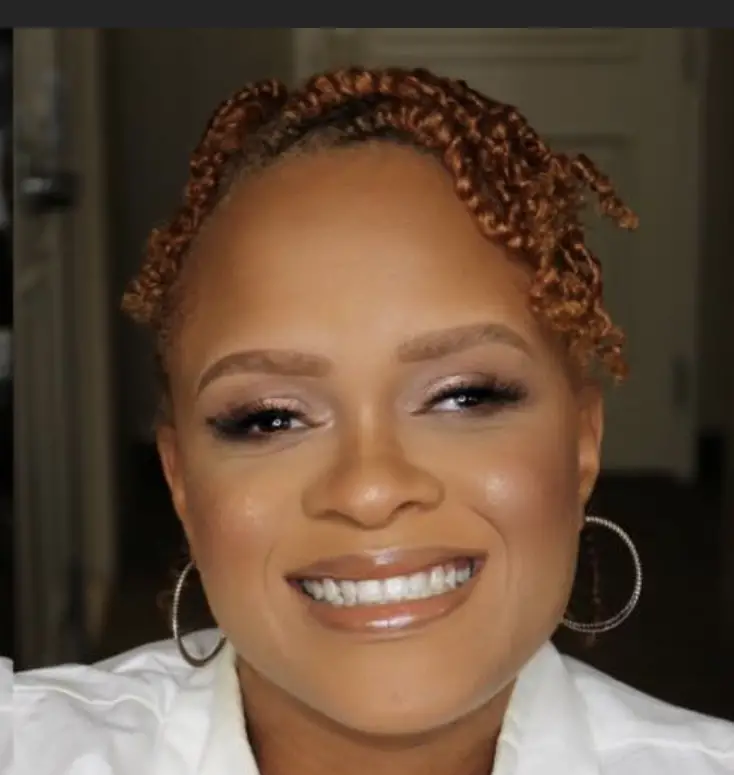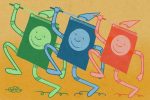With the surge of the Great Migration, the Harlem Renaissance began to take shape. Many African Americans came from the South, fleeing racial violence. Many came to the area of New York known as Harlem in search of a better life. Around 175,000 African Americans called Harlem home. With so many people in one area, many ideologies and creative forms of thought began to form. Referred to as the “New Negro Movement,” the Harlem Renaissance visually, literarily and musically expanded African American culture.
With the contribution of great artists, such as photographer James Van Der Zee, Muralist Aaron Douglas, The Mother of Blues Ma Rainey and the Empress of Blues Bessie Smith. The Harlem Renaissance became the mecca of knowledge and creativity for the Black community. Not only were visual and musical arts a feature of this movement, but literature also saw a vast contribution from the great writers and literary giants of African American literature.
Langston Hughes
Langston Hughes was a key figure in this movement. His style of writing and viewpoint on literature at the time made him a controversial poet. He disregarded the poetic structures commonly seen in white academia, such as the Shakespearean and patrician sonnets. Instead, he decided to write in regular language, introducing his own poetic structure style. This not only made his poems unique, but it also emphasize certain syllables. Hughes also received criticism for how he portrayed black life in America.
Unlike some fellow writers and poets, Hughes wrote about the highs and lows of working-class Black America. He refused to write literature that skirted the edge in terms of showcasing the true plight of the Negro during this time and also refused to perpetuate racist stereotypes. Some of Hughes’ most famous poems are “The Negro Speaks of Rivers,” “I, Too,” “Theme for English B,” “The Weary Blues” and “Harlem.” Hughes also wrote controversial views in his essay, “The Negro Artist and the Racial Mountain.” While his views were challenged, Langston Hughes continues to serve as a key figure of the Harlem Renaissance.
James Weldon Johnson
James Weldon Johnson was a successful lawyer, writer and civil rights activist as head of the NAACP. He was a great leader and spearheaded many campaigns in the fight for racial justice for African Americans. He had many great works, but a few that are most popular are “The Creation (A Negro Sermon),” “The Autobiography of an Ex-Colored Man,” The Black national anthem, “Lift Every Voice and “Sing.”
Claude McKay
Claude McKay was influenced by his childhood and the racial disparities among African Americans during this time. He wrote about what life was like for poor Jamaicans in the 1920s-30s. He also writes about the racial discrimination and inequalities many African Americans like himself faced during this time as well. He also played with the idea of Double consciousness that was introduced by W.E.B. Du Bouis in his novel, “The Souls of Black Folk.” This examination of duality and the fight for justice can be seen in his poem “If we must die.” He is also famous for his poem “The Harlem Dancer.”.
Countee Cullen
Countee Cullen was a well-known poet of the Harlem Renaissance. He is most famous for his poetry collections. These collections include poems such as “Yet Do I Marvel” and “To A Brown Girl.” While his poetry was great, many fellow poets and writers of the era felt as though his writing was too safe. While many writers and poets were focused on bringing awareness to the plight of African Americans in terms of racial injustice and discrimination, Cullen did not. Instead, he wrote on the safer side and utilized traditional poetry structure and conventions. Cullen did not write on the issues of race in America because he wanted to first be known as a poet and second as a black man. So he wrote in a way that appeased white America.
Zora Neal Hurston
Zora Neale Hurston was an amazing writer, anthropologist, and leader of the Harlem Renaissance. Until 1073, Hurston was unknown to most scholars. Her work was unappreciated during her lifetime and never received the same acclaim during her lifetime. Due to the research and dedication of Alice Walker (the author of “The Color Purple” ) Hurston’s work was brought to the forefront of African American literature and began to be studied and examined by scholars eager to learn more about the improvised poet.
Hurston worked hard for decades to preserve Black folklore. She went all across the South collecting oral histories of the blacks in the South. Her most famous works are “Their Eyes Are Watching God” and Barbacoa which detail the story of the presumed last slave of the slave trade. While Hurston might not have gotten all of her flowers in life, she is one of the most popular authors of the Harlem Renaissance in death.
While this is by no means an exhaustive list of the best poets and writers of the Harlem Renaissance, this list does showcase some of the best writers from this era. By utilizing the work of these amazing writers, the foundation of African American literature was born, paving the way for authors such as Toni Morrison, Alice Walker and Richard Wright.

















